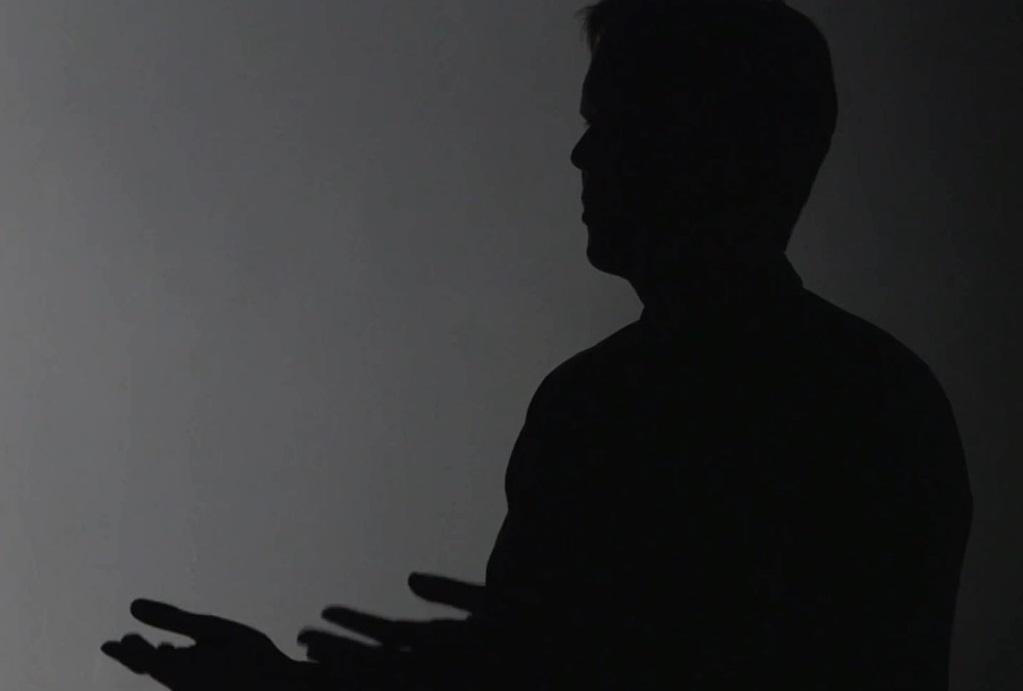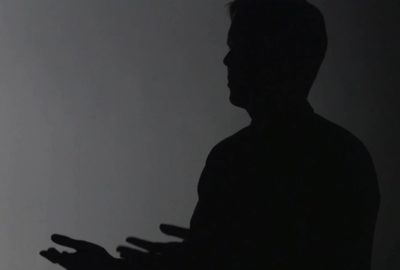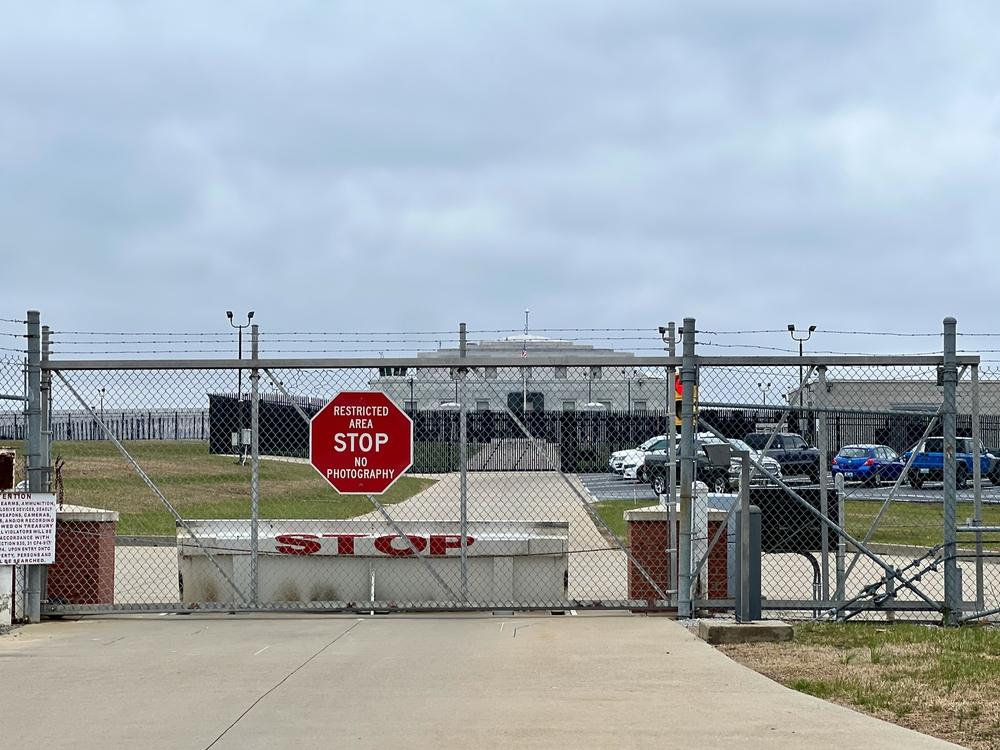Is the US government attempting to control religious thought?
Such a possibility sounds crazy, but a whistleblower working within a government-funded university program to alter religious thinking says that exactly is what’s happening. In 2012 the Arizona State University Center for Strategic Communication (CSC) was the recipient of a $6.1 million Defense Advanced Research Projects Agency (DARPA) research grant.
Arizona State University’s Center for Strategic Communication website states the goal of the grant research project is to “study the neurobiology of narrative comprehension, validate narrative theories and explore the connection between narrative and persuasion.” The wording makes the taxpayer-funded project sound like nothing more than an advanced Language Arts class, but the whistleblower says it’s much more than that and includes an effort to “map the brain.”
The whistleblower statements to Ben Swann contend that the Arizona State CSC program is focused on “creating narratives” through the more effective uses of communication – video productions in particular. If the whistleblower’s claims are accurate, the covert mission of the program involves learning “how to control the thought process of groups of people.” The supposed program insider also contends that being able to trigger specific narratives via “magnetic stimulation” is the ultimate final goal of the government research project.
They pledged their lives, their fortunes, and their sacred honor so that we could be free!
Winning the hearts and minds of those inclined toward Muslim extremism is also allegedly at the core of the effort.
Leaked documents from the Arizona State University Center for Strategic Communication shared on Swann’s website indicate the project infuses insights from “three mutually informing theoretical terrains.” Trying to curb truly extremist (and deadly) behavior may be a worthy endeavor, but its twisted use of the process could have negative consequences.
When Ben Swann asked what staffers were initially told about the program when work began, the whistleblower had this to say:
“Yeah, I thought that it was benign. They told me it was about trying to figure out what parts of the brain are affected by narrative persuasion. Just to figure it out just for academic reasons. So we looked at narrative transportation which is basically how an individual is transported into a narrative, how they understand it … kind of like when you read a good book you get really enthralled with it. At its core, the program attempts to map the brain to determine which portions of the brain allow you to accept a narrative presented to you. It’s called narrative theory. Mapping this network will lead to a fuller understanding of the influence narrative has on memory, emotion, theory of mind, identity and persuasion, which in turn influence the decision to engage in political violence or join violent groups or support groups ideologically or financially.”
The whistleblower went on to maintain that the research leaders believe Muslims become extremists not necessarily because of what is going on around them but due to a localized or regional narrative. Phase I of the CSC program allegedly involves mapping a “narrative comprehensive network” that involves a specific set of stimuli created from two different religious cultures and viewpoints. Exactly how either the university or the federal government plans on getting the narrative videos viewed by potential Muslim extremists in the Middle East remains to be seen.
Phase II tests the hypotheses of Phase I and add two new narrative manipulations into the process. Phase III will reportedly investigate the potential for activity disruption through “Transcranial Magnetic Stimulation.”
The Arizona University CSC whistleblower explained transcranial magnetic stimulation this way:
“It started out in the psychiatry field when people were depressed and when you’re depressed certain parts of your brain are not functioning correctly. So they created this technology, which is basically a big magnet, and you put it on their brain and it turns off that part of the brain that’s bad or wrong and it would help them with their depression for several weeks to a month and they’d go back and do it again. So this technology has been around for ten or fifteen years. So they think that maybe an extremist statements or a video like Al Qaeda puts out will lead to some individuals doing a suicide bombing, for example. So they’re trying to look at this video or the statements and take away a part of your brain that will think that it fits in with your culture or master narrative and that will hopefully lead you to not do these extremist, violent acts.”
The whole plan sounds more than a bit far-fetched, but what if the brain-changing scheme actually works as the university and DARPA intends? Scientific American – a mainstream magazine – recently reported that mind-reading technology is making advances that would have seemed like science fiction years ago.
What is stopping the DARPA psycho-technology from being used on “Christian extremists,” “right-wing extremists,” or anyone group which does not fit the current political climate? As Off The Grid News previously reported, the Southern Poverty Law Center is urging the Department of Homeland Security training to keep a much closer eye on “patriot” groups, citing fears of extremist ideology which make members feel that the “Constitution is under attack and that they are in a battle.”










